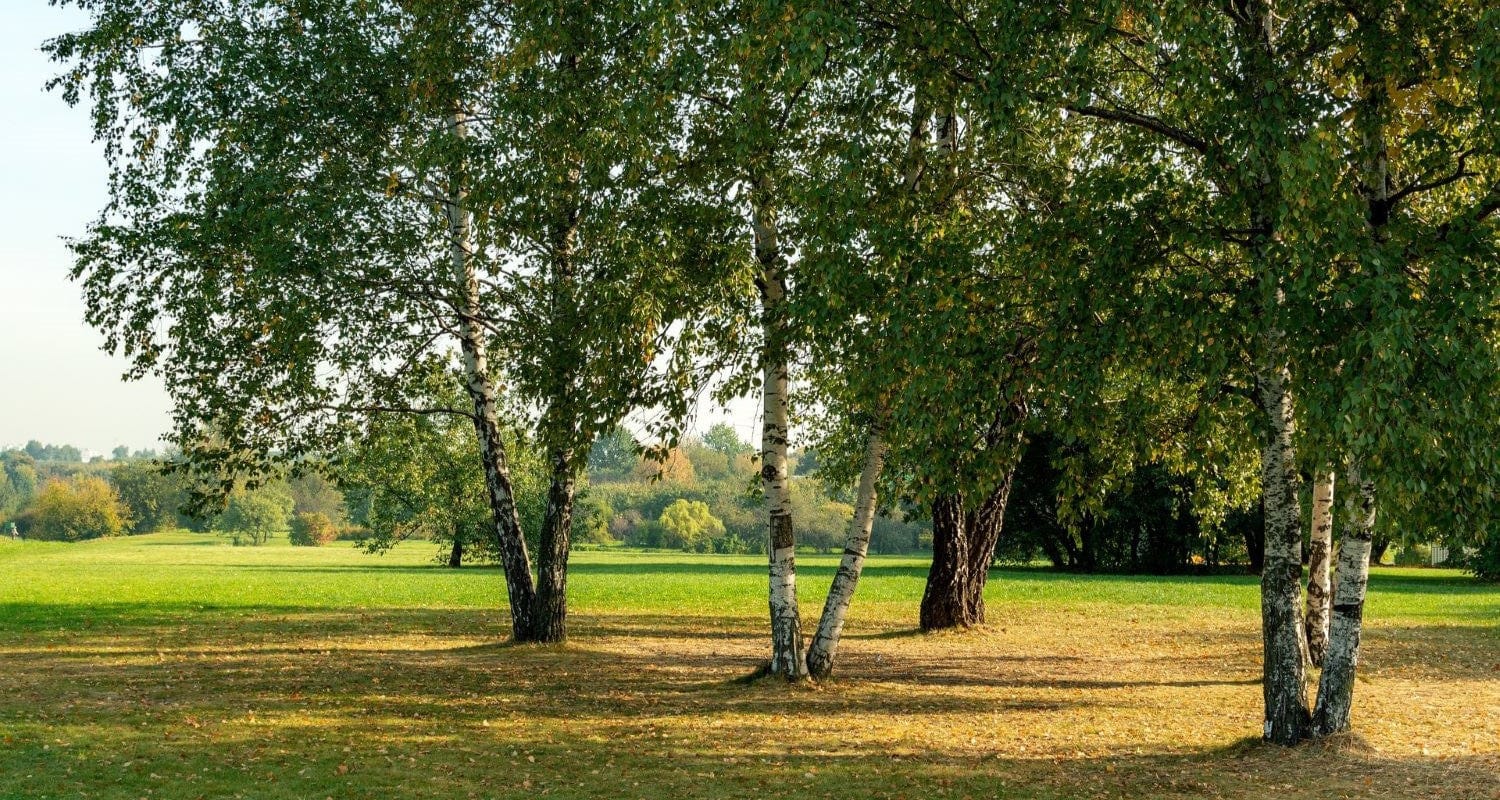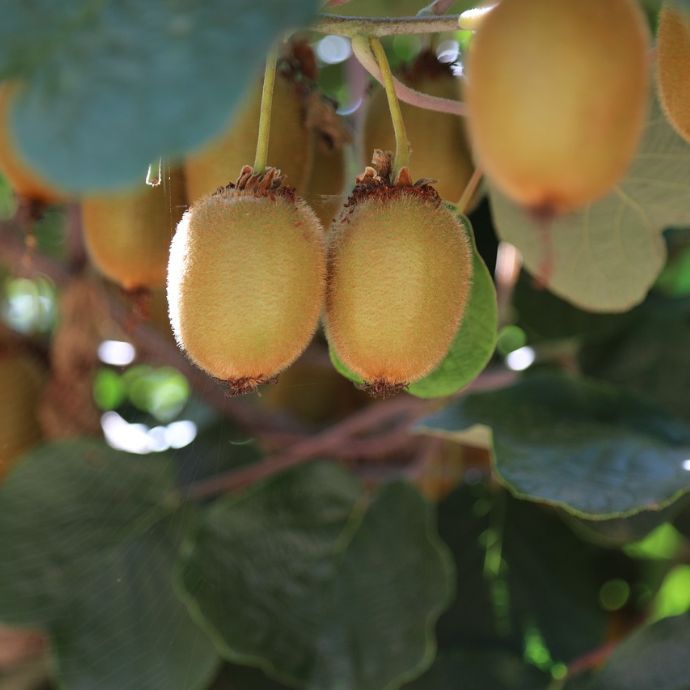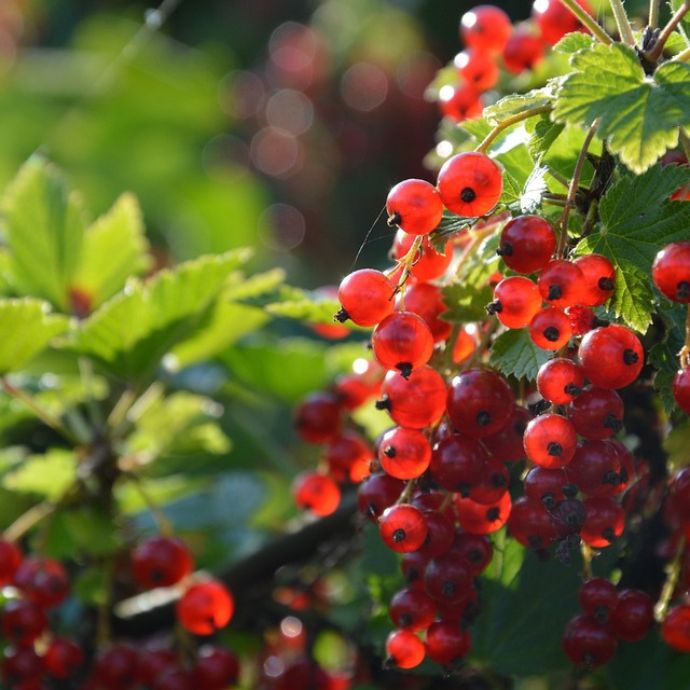Advice & Inspiration
Garden Jobs for September

The season of mists and mellow fruitfulness - we think Keats had it spot on!
The weather may be getting cooler and the nights drawing in, but there's still plenty to keep us busy in the garden - it's also the perfect time to get your winter veg planted.
Here’s your checklist of garden jobs for September.
1. Plant vegetables for winter and beyond
September and October are the best months to plant overwinter veg - onions, leeks, cabbages, beets and turnips - as well as some lovely fast growing winter salads and leafy greens! Get them in this autumn and they’ll keep you going through the winter and into early spring, with an abundance of fresh produce. Check out our collection of the best winter veg.

2. Plant containers for autumn interest
If your summer containers are looking a little sad, give them an autumn refresh. Mix foliage plants like Heucheras and Ivy with trailing Lobelia, compact Dianthus or Nepeta and taller perennials like Achillea and Penstemon, which will all keep flowering into October.

3. Harvest apples and vegetables
There’s still lots to harvest in the early days of autumn - potatoes, onions, courgettes and squashes, tomatoes and the last of the beans. Mid season apples will also now be ready - they're ripe when they come off the tree without you trying.
If your tomatoes aren’t ripening by the time it turns colder, pick them green and leave them indoors on a sunny windowsill. You can also help squashes to ripen by cutting off any large leaves that are preventing the sun from reaching the fruit.

4. Fill gaps in your borders with late flowering perennials
Now that a lot of perennials have finished flowering, it’s a good time to spot any gaps in your borders and fill them in with late flowering plants or evergreens. Sedum, Dahlias, Dianthus, Nepeta and Achillea will keep on flowering until the first frosts around October, and colourful Heucheras in green, red or purple are perfect for patching any empty spaces!
5. Pot up some herbs
Add colour and flavour to your autumn dishes by potting up some herb plants now and growing them on a warm windowsill - the kitchen is perfect. Try rosemary, thyme and sage - they’ll make a fresh and tasty addition to all those hearty pies and stews as well as filling the room with their lovely aromas.

6. Divide perennials
If your clump forming summer flowering perennials have done a lot of growing this year and are looking crowded, it’s time to divide them. The right times of year for this job are spring (March-May) before flowering, or autumn (September-November) after flowering. Spring flowering plants (such as Irises) are best divided in summer (June-August) when they have finished flowering. Read our full guide to dividing perennials.
7. Collect seeds
After your plants finish flowering, you may have noticed them forming seed pods. Wait until these dry out and then shake the seeds into a paper envelope (don’t use plastic bags as they can encourage mould). Save them until the spring and then sow in your garden or swap with friends.

8. Go with your glut
If you’ve got a glut - a huge harvest of produce that you don’t know what to do with (*cough* courgettes *cough*), why not try swapping with your neighbours? If there’s still some left over, preserve it in jam, wine, pickles or chutney - see our blog feature for more ideas.






















